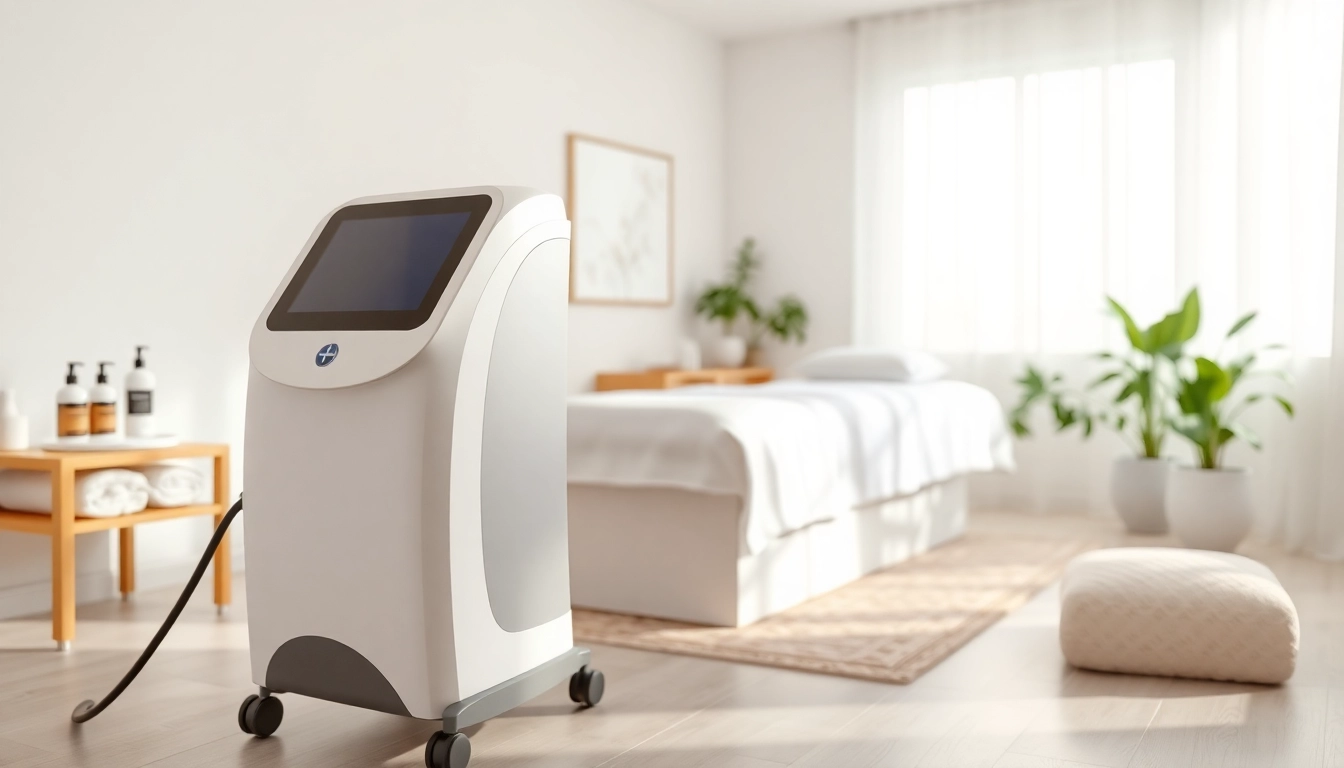Cellulite is a common concern for many, affecting both men and women and manifesting as a dimpling or lumpy appearance of the skin, primarily on the thighs, buttocks, and abdomen. Understanding how to combat this skin condition through effective cellulite therapy is paramount for those looking to improve their skin’s appearance and regain their confidence.
Understanding Cellulite: What Is It and How Does It Form?
The Biology of Cellulite
Cellulite occurs when the subcutaneous fat beneath the skin pushes up against connective tissues, causing the skin above it to dimple. This issue is particularly common in women due to differences in fat distribution, skin thickness, and connective tissue structure. The presence of estrogen can also influence the development of cellulite, making it a prevalent concern during and after hormonal changes such as pregnancy or menopause.
Common Myths About Cellulite
Despite its prevalence, numerous myths surround cellulite. Here are a few to debunk:
- Myth 1: Only overweight people have cellulite.
Cellulite can affect individuals of all body types, including very slim individuals. - Myth 2: Cellulite is a sign of poor health.
Cellulite itself is not an indication of health issues; it is more a structural skin condition. - Myth 3: Certain foods will eliminate cellulite.
While a healthy diet can improve overall skin health, no single food can eradicate cellulite.
Factors Contributing to Cellulite Development
Several factors contribute to the formation of cellulite:
- Genetics: Family history can play a significant role in how susceptible one is to developing cellulite.
- Hormonal Changes: Hormones like estrogen can affect fat distribution in the body.
- Diet: High fat, carbohydrate, and sodium intake can contribute to the appearance of cellulite.
- Lifestyle: Sedentary behavior and smoking can worsen the appearance of cellulite.
Popular Cellulite Therapy Treatments: Overview and Efficacy
Non-Invasive Cellulite Therapy Options
Non-invasive treatments have gained traction for their ability to reduce the appearance of cellulite without necessitating surgery. Some popular options include:
- Acoustic Wave Therapy: This treatment uses sound waves to break down fibrous connective tissues that contribute to the appearance of cellulite.
- Laser Therapy: Various laser treatments target fat cells and stimulate collagen production, leading to smoother skin.
- Topical Treatments: Creams and lotions that include caffeine, retinoids, or botanical extracts can help improve the skin’s texture, although results may vary.
- Massage Techniques: Methods such as lymphatic drainage and deep tissue massage can promote circulation and reduce the appearance of cellulite.
Surgical Approaches to Cellulite Therapy
For those seeking more drastic measures, surgical options include:
- Subcision: In this procedure, a needle is inserted under the skin to break up the fibrous bands causing cellulite.
- Fat Grafting: This method involves moving fat from other parts of the body to the affected areas to smooth the skin.
- Laser-assisted Liposuction: A minimally invasive procedure that uses a laser to remove excess fat and tighten the skin.
Comparing Treatment Effectiveness
When considering cellulite treatments, it’s essential to evaluate their effectiveness. Non-invasive methods often require multiple sessions and varying degrees of maintenance, whereas surgical options may yield quicker results but come with longer recovery times and potential surgical risks.
Benefits of Cellulite Therapy: More Than Just Aesthetic
Psychological and Emotional Benefits
The impact of cellulite extends beyond physical appearance into psychological realms. Many individuals report a significant boost in self-esteem and confidence after undergoing cellulite therapy. A positive self-image plays a considerable role in overall happiness and social interactions.
Physical Health Improvements from Treatments
Beyond aesthetics, many treatments can help improve physical health. For example, therapies like massage can improve circulation, reduce fluid retention, and promote lymphatic drainage. This, in turn, may lead to better skin health overall.
Client Testimonials and Success Stories
Numerous individuals share their positive experiences with cellulite therapy. From reduced dimpling to improved skin texture, these stories often highlight the transformation in their emotional and psychological states, contributing to a more fulfilling lifestyle.
Choosing the Right Cellulite Therapy: Key Considerations
Evaluating Personal Suitability for Treatments
Choosing the right cellulite therapy involves assessing personal factors such as body type, severity of cellulite, and individual preferences. Consulting with a qualified professional can provide tailored solutions that best suit each individual’s needs.
Consultation and Initial Assessment
A thorough consultation is crucial. It offers the opportunity to discuss treatment goals, expectations, and potential outcomes. During the assessment, a practitioner will analyze the specific areas of concern and suggest personalized treatment plans.
Understanding Potential Risks and Side Effects
With every treatment, understanding potential risks and side effects is essential. Non-invasive treatments may lead to mild side effects like bruising or redness, while surgical options carry inherent risks associated with anesthesia and recovery. Discussing these risks beforehand can help manage expectations and ensure informed decisions.
Aftercare and Maintenance: Maximizing the Results of Cellulite Therapy
Recommended Practices Post-Treatment
After undergoing cellulite therapy, implementing effective aftercare practices is critical for maximizing results. This may include avoiding strenuous exercise for a specified period, keeping the treated areas moisturized, and following any specific post-treatment guidance provided by the practitioner.
Lifestyle Changes to Enhance Results
In addition to therapies, lifestyle changes can significantly impact the appearance of cellulite. This includes:
- Maintaining a Healthy Diet: Incorporating fruits, vegetables, and lean proteins while reducing sugar and excessive fats can enhance skin health.
- Staying Hydrated: Drinking plenty of water supports skin elasticity and overall health.
- Regular Exercise: Engaging in activities that promote fat loss and strengthen muscles can improve the skin’s appearance.
Scheduling Follow-Up Sessions for Optimal Outcomes
Continuous assessment and follow-up sessions can help maintain and optimize the results achieved from initial treatments. Regular check-ins with practitioners facilitate adjustments in treatment plans as necessary, ensuring ongoing improvements.



